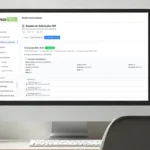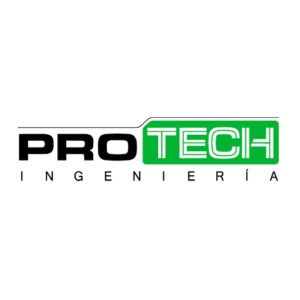Document supervision is essential for those that impact business processes, regulatory compliance, and quality management. Document control ensures the accuracy, consistency, and reliability of records generated within an organization. This practice includes the creation, review, modification, distribution, and access to documents, ensuring they fulfill their purpose and are available to the right people at the right time.
Document management is crucial for process performance, maintaining regulatory compliance, increasing operational efficiency, and ensuring that all stakeholders work with the most up-to-date information.
Why is Document Control Crucial?
Document control cannot be underestimated. In today’s corporate environment, where information is a key driver, organizations generate large volumes of documents daily. An efficient document management process ensures that there is an original version of each document and that every file has a complete version history. The key to success begins with determining which documents need to be controlled. Generally, any document that directly impacts the quality of a product or service should be monitored. This includes policies, processes, work guidelines, forms, specifications, and any other document relevant to business operations.
Document Control: Essential Components
To implement effective document control, the following components must be considered:
1. Document Creation Method:
Clear guidelines or specific templates should be in place to ensure consistency and uniformity in format and content.
2. Unique Identifier Assignment:
Each document must have a unique identifier to be easily distinguished and located.
3. Document Organization:
Documents and records should be stored in an accessible system, whether in physical or digital format.
4. Version Control:
A system must be established to track modifications and revisions over time, preventing confusion about the latest version.
5. Review and Approval Process:
Documents must be reviewed and approved to ensure they meet established requirements.
6. Controlled Distribution:
Ensure that documents reach the appropriate stakeholders while restricting unauthorized access.
7. Efficient and Secure Access:
Authorized personnel should have easy access to documents while protecting sensitive information.
8. Document Retention and Disposal Policies:
Clear guidelines must be defined for document retention and disposal to comply with legal requirements.
Key Aspects of Document Control
A document management software can streamline the document control process throughout its lifecycle. Some key features it should include are:
- Document Classification: Ensures that documents are logically organized by type, topic, date, or other relevant criteria, making search and retrieval easier.
- Indexing: Associates search terms and metadata with documents, speeding up information retrieval.
- Version Control: Tracks all document modifications, ensuring that the most up-to-date version is always used.
- Controlled Access: Allows for assigning user permissions and roles to protect sensitive documents.
- Retention Policies and Backups: Defines how long documents should be retained and establishes a backup system to prevent data loss.
Document Control Functionality in a Document Management Platform
-
Process Efficiency:
Effective document control ensures that processes are efficient and reliable, enhancing productivity.
-
Accuracy and Consistency:
Ensures that all documents are consistent and precise, preventing errors that could disrupt operations.
-
Improved Communication:
Facilitates more effective communication, both internally and externally, across departments.
-
Regulatory Compliance:
Meeting regulations such as ISO 9001 is essential to avoid penalties and ensure proper document oversight.

A Guide to Effective Document Control
Below are the key steps for an efficient document control process:
• Document Creation:
Ensure all documents follow standards and templates to maintain consistency.
• Review and Approval:
Documents must be reviewed by relevant stakeholders to verify accuracy and relevance.
• Version Management:
Keep a detailed record of all document modifications.
• Distribution:
Ensure approved documents reach the right individuals.
• Accessibility and Retrieval:
Make sure documents are available when needed.
• Security:
Make sure documents are available when needed.
• Archiving and Disposal:
Documents should be archived or disposed of according to company policies.
Transform your business today!
Act now! It is essential for every modern company that wants to achieve greater productivity and efficiency in its management processes!








